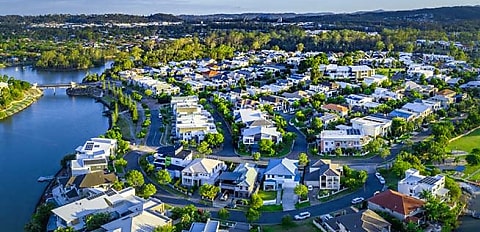S&P Global Ratings’ (S&P) RMBS Performance Watch: Australia quarterly report (ended 31 March 2024) found that RMBS prime mortgage arrears rose to 1 per cent, up from 0.95 per cent the year prior and from a historical low of 0.58 per cent.
Arrears lifted from 0.97 per cent during the quarter ended 31 December 2023.
According to S&P, while upward pressure on arrears is expected as the unemployment rate rises (currently at 4.1 per cent), the increases are “likely to be modest” due to the unemployment forecasts remaining low overall.
Despite the quarterly increase, the report noted that arrears still remain low, being underpinned by low unemployment, savings buffers among some borrowers, and refinancing opportunities.
Along with this, borrowers have been “prudent in curtailing expenditures” in order to honour their debts, according to S&P.
“Households continue to prioritise debt commitments over discretionary spending while interest rates remain high. This cautionary behaviour is helping to keep arrears low overall,” the report said.
Moreover, higher mortgage servicing costs have been assisted by recent rises in gross disposable incomes, with the impending stage 3 tax cuts slated to further help alleviate future debt serviceability burdens.
Indeed, S&P has reported that household savings ratios have been modestly strengthened by these factors, increasing from 3.2 per cent in 4Q24 from 1.9 per cent in 3Q24; however still sit well below pandemic peaks of 24 per cent.
Nonconforming arrears rose to 4.18 per cent as of March 2024, up from 4.02 per cent the previous quarter. S&P expects arrears for this cohort to continue to grow faster than prime arrears due to the sector’s “greater sensitivity to weaker economic conditions”.
However, property price growth will help minimise losses.
The arrears rate for owner-occupier borrowers increased slightly to 1.12 per cent from 1.1 per cent, while investor arrears rose from 0.73 per cent to 0.77 per cent.
The report said: “While we expect both investor and owner-occupier arrears to increase, investor arrears increases are likely to be buffeted by higher rentals to some extent.”
Western Australia was found to have the highest arrears rate in this quarter at 1.18 per cent, followed by the Northern Territory (1.22 per cent), Victoria (1.13 per cent), NSW (1.05 per cent), Queensland (0.81 per cent), ACT (0.74 per cent), South Australia (0.73 per cent), and Tasmania (0.6 per cent).
According to the report, NSW and Victoria have experienced the largest year-on-year increases in arrears, while Western Australian arrears have “noticeably improved” due to stronger economic and property price growths.
[RELATED: Lenders need to do better on financial hardship assistance: ASIC]

